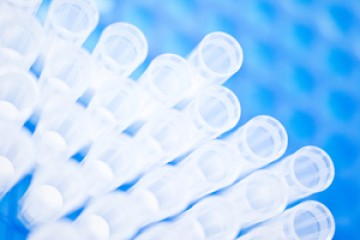PhD Studentship
Animal free alternatives to the study of nutrition in early pregnancy

At a glance
Pending start
Award date
October 2024 - September 2027
Grant amount
£90,000
Principal investigator
Professor Roger Sturmey
Co-investigator(s)
Institute
University of Hull
R
- Replacement
